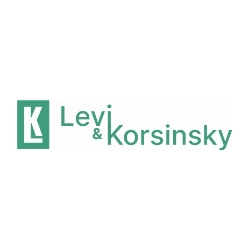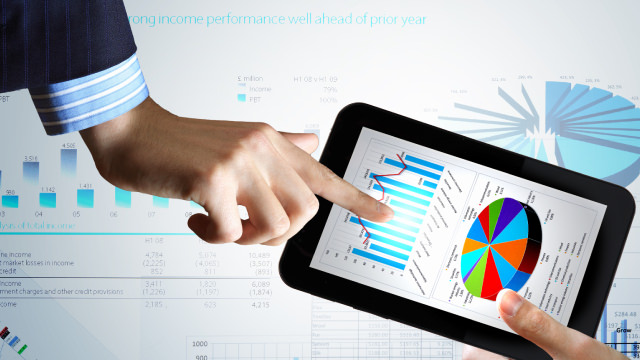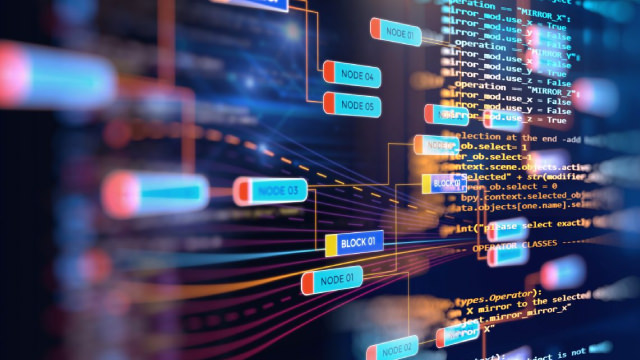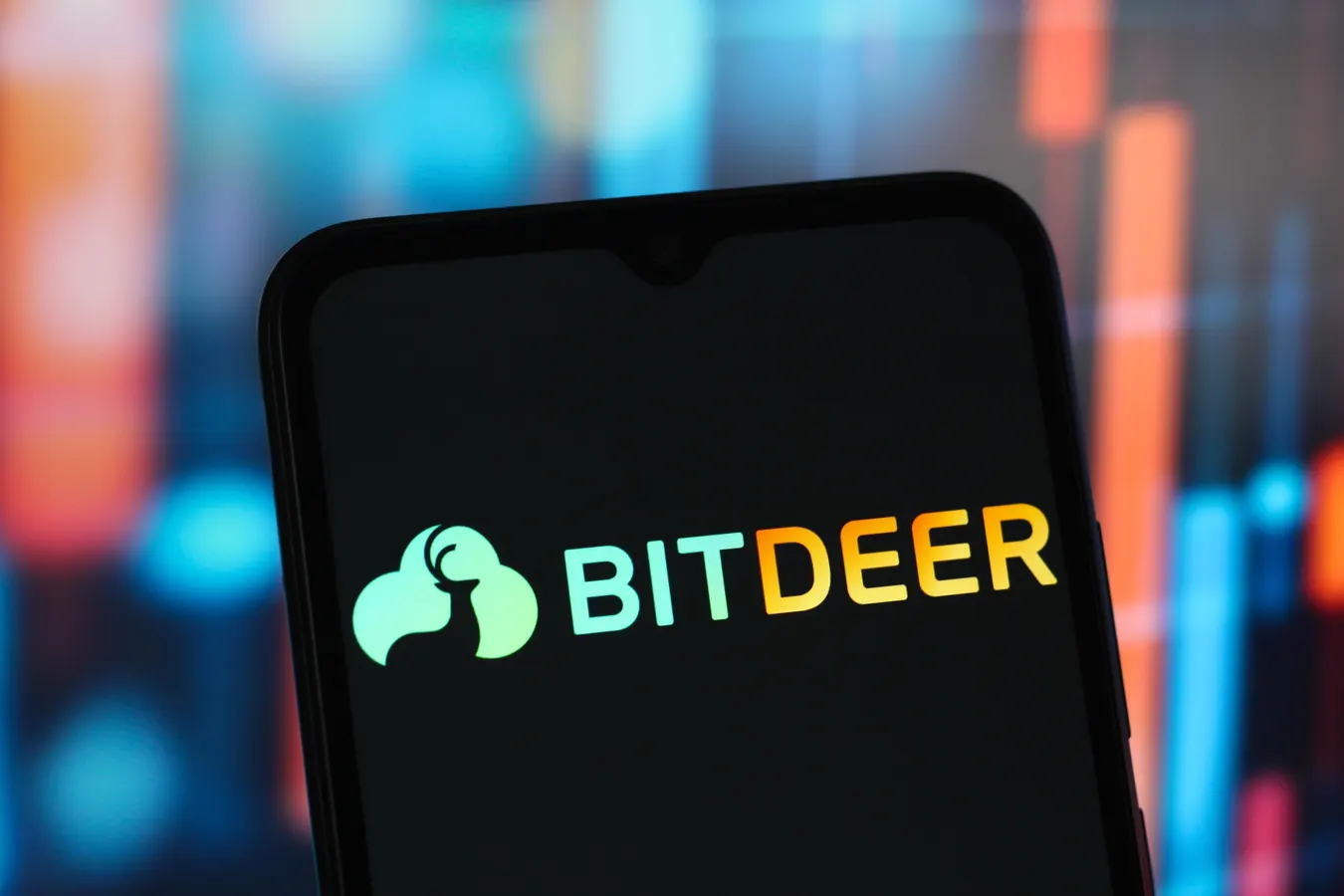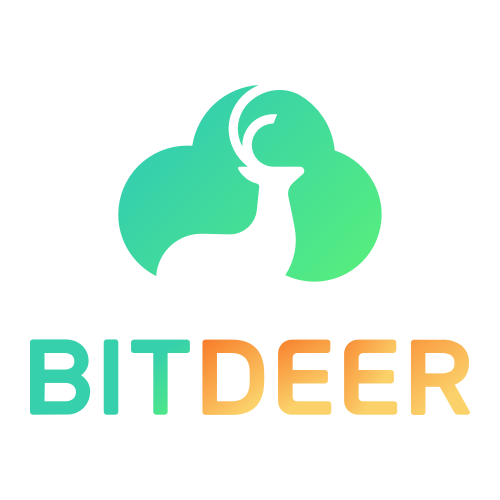
BTDR
Bitdeer Technologies Group
$13.41
0.74
(5.84%)
| Exchange: | |
| Market Cap: | 2.797B |
| Shares Outstanding: | 111.289M |
About The Company
| Sector: | Technology | |||||
| Industry: | Software – Application | |||||
| CEO: | Jihan Wu | |||||
| Full Time Employees: | 183 | |||||
| Address: |
|
|||||
| Website: | https://www.bitdeer.com |
Bitdeer Technologies Group operates as a technology company for the cryptocurrency mining community. It mines cryptocurrencies for its own account and serve the cryptocurrency mining community by providing cryptocurrency mining solution. The company handles various processes involved in mining, such as miner procurement, transport logistics, mining datacenter design and construction, mining machine management, and daily operations. It has mining datacenters deployed in the United States and Norway. The company is headquartered in Singapore.
Click to read more…
Revenue Segmentation
EPS
Earnings Call
Income Statement
(* All numbers are in thousands)
Balance Sheet
(* All numbers are in thousands)
Cash Flow Statement
(* All numbers are in thousands)
Analyst Estimates
(* All numbers are in thousands)

